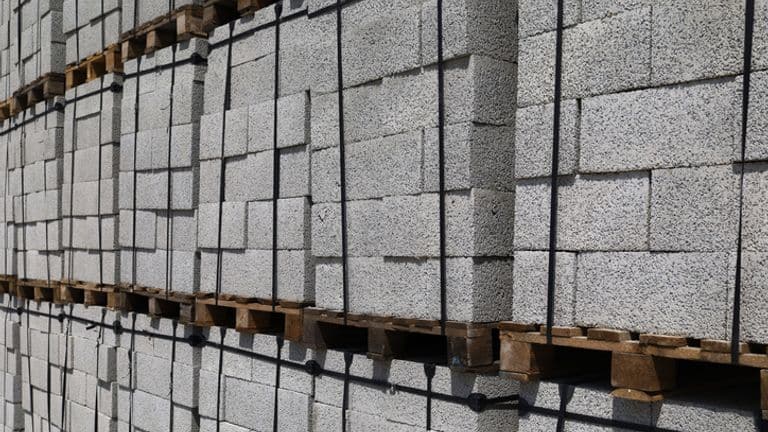About Reinforced Aerated Autoclaved Concrete (RAAC):
- It is a lightweight, bubbly form of concrete that was used in roofs, floors, and walls between the 1950s and 1990s.
- It looks like standard concrete, but compared with the “traditional” reinforced material, which is typically denser, Raac is weak and less durable.
- The material was favoured in construction projects because of its lightweight thermal properties.
- How is it made?
- It is made from a combination of cement, lime, water, and an aeration agent.
- The mixture is poured into moulds and then subjected to high pressure and heat, known as autoclaving, to create a lightweight, strong, and porous material.
- Advantages over Standard concrete:
- It is cheaper.
- It is also quicker to produce and easier to install.
- Insulation Properties: RAAC has excellent thermal insulation properties due to the air bubbles within the material.
- It helps maintain a comfortable indoor temperature while reducing heating and cooling energy consumption.
- Why is it a risk?
- The concrete is aerated and “bubbly”, contains no “coarse aggregate” and is less dense than traditional concrete, being around a third of the weight.
- It could easily absorb moisture, weakening the material and also corroding steel reinforcement within.
- This means it is more prone to collapse over time.
Q1) What is Concrete?
Concrete is a versatile and widely used construction material composed of a mixture of cement, water, aggregates (such as sand, gravel, or crushed stone), and often various chemical additives or admixtures. It is a fundamental building material known for its strength, durability, and versatility. Concrete is used in a wide range of construction applications, including buildings, bridges, roads, dams, and more.
Source: 100 schools across England ordered to close buildings as they are constructed using unsafe concrete
Last updated on December, 2025
→ Check out the latest UPSC Syllabus 2026 here.
→ Join Vajiram & Ravi’s Interview Guidance Programme for expert help to crack your final UPSC stage.
→ UPSC Mains Result 2025 is now out.
→ UPSC Notification 2026 is scheduled to be released on January 14, 2026.
→ UPSC Calendar 2026 is released on 15th May, 2025.
→ The UPSC Vacancy 2025 were released 1129, out of which 979 were for UPSC CSE and remaining 150 are for UPSC IFoS.
→ UPSC Prelims 2026 will be conducted on 24th May, 2026 & UPSC Mains 2026 will be conducted on 21st August 2026.
→ The UPSC Selection Process is of 3 stages-Prelims, Mains and Interview.
→ UPSC Result 2024 is released with latest UPSC Marksheet 2024. Check Now!
→ UPSC Prelims Result 2025 is out now for the CSE held on 25 May 2025.
→ UPSC Toppers List 2024 is released now. Shakti Dubey is UPSC AIR 1 2024 Topper.
→ UPSC Prelims Question Paper 2025 and Unofficial Prelims Answer Key 2025 are available now.
→ UPSC Mains Question Paper 2025 is out for Essay, GS 1, 2, 3 & GS 4.
→ UPSC Mains Indian Language Question Paper 2025 is now out.
→ UPSC Mains Optional Question Paper 2025 is now out.
→ Also check Best IAS Coaching in Delhi

















